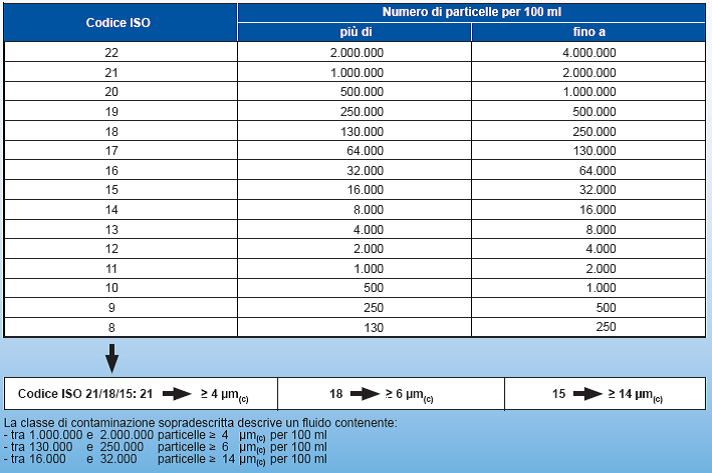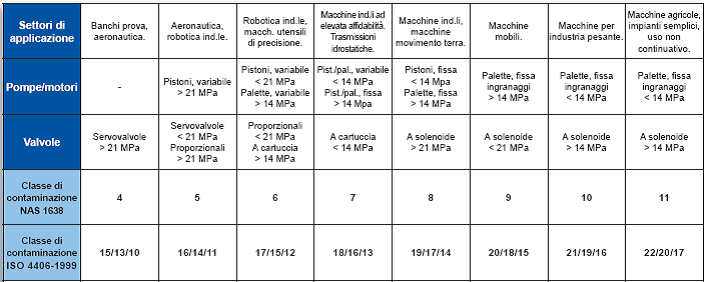CARTRIDGE FILTERS - diedronsrl com
Main menu:
CARTRIDGE FILTERS
PRODUCTS
DIEDRON FILTER ELEMENTS 
The dimensions of all Diedron filter cartridges are designed to optimally match the interior of the filtration bulb.
MTH filter cartridges have galvanised metal bases as well and a protective structure in stretched galvanised wire mesh.
The bases are flat to allow correct reciprocal fitting.
To prevent unpleasant soiled liquid leakage, they feature a sheet metal sleeve that avoid pressure-induced deformations.
The DIED 3 and DIED 5 cartridges have glazed and stamped metal bases, with a spring steel handle for easy extraction and expanded stretched metal mesh containment sheets for damage prevention during maintenance operations and, above all, for greater structural strength.
With their reduced diameter, they have greater resistance to the pressures acting on the filtering cartridge itself.
Both solutions use resin-cellulose with high accumulation power particularly suitable for use in the high-efficiency filtration of liquids.
As this material cures after the pleating process, the phenolic resins bond to ensure consistency and excellent filtration properties.
The filter elements (cartridges) of the CLEAN TOWER systems are of two types:
- Resinated cellulose with high accumulation capacity, particularly suitable for high-efficiency liquid filtration. As this material cures after the pleating process, the phenolic resins bond to ensure consistency and excellent filtration properties. Ideal for filtration to 5 μ.
- PET, low absorption coefficient Polyester, thermally bonded with high efficiency, double calendering and final smoothing of the filtering element.
The nominal filtration rating is 1-3 μ.
This material is much more versatile than cellulose and its characteristics can be simply summarised as follows:
1. Higher toughness and resilience compared to cellulose, as well as increased durability over time.
2. High resistance to abrasion and greater durability in contact with abrasive materials, such as residues of hard metal or abrasive dust from grinding wheels.
3. High elasticity which, combined with intrinsic toughness, allows for a greater accumulation on the interior of the pleating for a given filtering surface.
FILTER EFFICIENCY
DIEDRON filtering elements have different filtering efficiencies, this allows you to select the best solution according to the relevant application.
The range for standard filter elements is as follows:
ß5 = 2
ß3 = 2
ß5 = 20
ß3 = 20
The range for non-standard applications is the following:
ß5 = 75
ß3 = 75
ß5 = 100
ß3 = 100
Contamination Control in hydraulic systems is a vast and complex matter; the following example demonstrates some basic points.
Our Commercial Service is at your disposal for further information.
To ensure the efficiency and reliability of a filtration system, when selecting the fluid it is necessary to take account of the system requirements and the operating conditions (operating pressure, environmental temperature, plant location, etc.). Depending on the required features (viscosity, lubricity, wear protection, density, ageing and thermal resistance, materials compatibility, etc.), a wide variety of hydraulic and lubricating fluids may be chosen. These include mineral oils and synthetic fluids, water based fluids, vegetable fluids, etc. all classified according to international standards.
Solid contamination is recognised as the main cause of malfunctions, early decay of cutting fluids and machine tool failures, as well as a contributory cause of the low yield of tools and mechanical equipment, it is impossible to eliminate it completely, but it can be kept well under control with appropriate filtering devices.
Whatever fluid is used, it is essential that the contamination level is kept within the limits determined by the most sensitive component in the system.
HOW CONTAMINATION IS MEASURED
The contamination level is measured by counting the number of particles of a certain size per unit volume of the fluid, and then assigning the applicable Contamination Class, according to international rules.
The measurement is done by automatic particle counters that can examine the liquid by means of line sensors installed at specific collection points in the system, or by other sampling techniques.
Sampling and measurements should be performed according to ISO standards that regulate the procedures and ensure the validity of the data.
The most widely used standards are ISO 4406:1999 and NAS 1638
CONTAMINATION CLASSES ACCORDING TO ISO 4406:1999
The Contamination Class according to this standard is described by three numbers indicating the number of particles per 100 ml greater than 4, 6 and 14 um, respectively.

COMPARATIVE TABLE BETWEEN ISO 4406:1999 and NAS 1638 CONTAMINATION CLASSES

DIEDRON FILTER ELEMENTS
DIEDRON filter elements are certified according to contamination classes NAS 1638, NAS 6 and ISO 4406-1999 to 17/13/8.
We can produce filter cartridges up to NAS 4
According to the tables for filter media and contamination classes, the appropriate value for hard metal is NAS 6 or lower.













